Powerful conservation tech tools are gathering more data in the field than ever before. But without equally powerful and effective data management and processing tools, that data - no matter how groundbreaking or interesting - will not be able to reach its full potential for impact.
Data management can sometimes seem intimidating to conservationists, especially those just getting started in the world of conservation tech or experimenting with new data collection methods. While every community member's workflow and preferred data management and processing methods may be different, this group can serve as a resource to explore what works for others, share your own advice, and develop new strategies together.
Below are a few WILDLABS events dealing with datasets collected from various conservation tech tools:
Nicole Flores: How do I get started with Wildlife Insights?
Jamie Macaulay: How do I analyse large acoustic datasets using PAMGuard?
Sarah Davidson: Tools for Bio-logging Data in Conservation
Whatever conservation tech tools you work with, and whatever your preferred data management methods, we hope you'll find something helpful and effective in this group when you become a member!
Student at Texas A&M. Electronic hobbyist, audiomoth user
- 0 Resources
- 0 Discussions
- 4 Groups

- 0 Resources
- 30 Discussions
- 4 Groups
- @jasminedaly
- | she/her/hers
Principal Consultant & Founder of Daly Analytics which helps nonprofits and purpose-driven teams make sense of their data.
- 0 Resources
- 0 Discussions
- 6 Groups
- @roxirisa
- | roxi
Biologist I consider myself a data scientist with a passion for nature and with an extensive experience in species distribution modeling, handling large data sets from different sources such as gbif, eBird, xeno-canto, Worldclim, Terraclimate, ocean color e NASA among others. But
- 0 Resources
- 0 Discussions
- 9 Groups
- @a.zubiria
- | she/her
- 0 Resources
- 2 Discussions
- 11 Groups
- 0 Resources
- 0 Discussions
- 14 Groups
- 0 Resources
- 1 Discussions
- 7 Groups

- 0 Resources
- 0 Discussions
- 13 Groups
Fauna & Flora
Remote Sensing Scientist, Conservation Technology & Nature Markets @ Fauna & Flora - WILDLABS Geospatial Group Co-Lead



- 34 Resources
- 28 Discussions
- 8 Groups
Electronics Engineer working in the development of smart conservation technology solutions.

- 0 Resources
- 0 Discussions
- 9 Groups


- 0 Resources
- 1 Discussions
- 5 Groups
- @Durgananda
- | He
- 0 Resources
- 0 Discussions
- 20 Groups
HawkEars is a deep learning model designed specifically to recognize the calls of 328 Canadian bird species and 13 amphibians.
13 May 2025
Hi together, I am working on detecting causalities between land surface dynamics and animal movement by using satellite-based earth observation data. As this is might be your expertise I kindly ask for your support...
8 May 2025
The Convention on the Conservation of Migratory Species (CMS) is seeking information on existing databases relevant for animal movement. If you know of a database that should be included, please complete the survey to...
30 April 2025
Conservation International is proud to announce the launch of the Nature Tech for Biodiversity Sector Map, developed in partnership with the Nature Tech Collective!
1 April 2025
Funding
I have been a bit distracted the past months by my move from Costa Rica to Spain ( all went well, thank you, I just miss the rain forest and the Ticos ) and have to catch up on funding calls. Because I still have little...
28 March 2025
Modern GIS is open technology, scalable, and interoperable. How do you implement it? [Header image: kepler.gl]
12 March 2025
Join the FathomNet Kaggle Competition to show us how you would develop a model that can accurately classify varying taxonomic ranks!
4 March 2025
Temporary contract | 36 months | Luxembourg
3 March 2025
Up to 48 months contract - 14+22 (+12) | Belvaux
25 February 2025
Up to 6 months internship position to work on DiMON project which aims to develop a non-lethal, compact device that, when coupled with traditional entomological traps, captures high-resolution, multi-view insect images...
25 February 2025
We are hiring for a customer support / marketing specialist.
20 February 2025
We look for a person with programming skills in R and/or Python.
4 February 2025
June 2025
event
event
event
October 2025
event
event
November 2025
February 2025
event
event
January 2025
event
85 Products
Recently updated products
| Description | Activity | Replies | Groups | Updated |
|---|---|---|---|---|
| The European project Nature FIRST is hosting its final conference at Ouwehands Dierenpark in the Netherlands on 25–26 June 2025,... |
|
Community Base, Conservation Tech Training and Education, Data management and processing tools, Earth Observation 101 Community, Emerging Tech, Human-Wildlife Conflict, Protected Area Management Tools, Wildlife Crime | 5 hours 48 minutes ago | |
| Lively and informative discussion, I would very much like to contribute if there is some active development work with regards to this. I have recent experience with using... |
+31
|
Data management and processing tools, Camera Traps, Software Development | 5 days 9 hours ago | |
| We are please to inform that we have implemented the point 1 and 4 and with this have finalized the project. The latest improvements:Improvement in findability of help... |
|
Animal Movement, Data management and processing tools, Software Development | 6 days 8 hours ago | |
| My name is Frank Short and I am a PhD Candidate at Boston University in Biological Anthropology. I am currently doing fieldwork in Indonesia using machine-learning powered passive... |
|
Acoustics, AI for Conservation, Animal Movement, Data management and processing tools, Early Career, Emerging Tech, Ethics of Conservation Tech, Protected Area Management Tools, Software Development | 2 weeks ago | |
| Interesting. Thanks for the explanation. Nice to hear your passion showing through. |
|
AI for Conservation, Camera Traps, Data management and processing tools, Open Source Solutions, Software Development | 3 weeks 3 days ago | |
| 📸 Do you use camera traps in your work? Take part in our survey!Hi everyone! I’m currently a final-year engineering... |
|
Camera Traps, AI for Conservation, Data management and processing tools, Open Source Solutions, Software Development | 3 weeks 3 days ago | |
| Although the core of the BoutScout project focuses on developing multi-sensor dataloggers for automated nest monitoring, a... |
|
Data management and processing tools, Latin America Community | 4 weeks 1 day ago | |
| 15 years ago I had to rebuild the dams on a game reserve I was managing due to flood damage and neglect. How I wished there was an easier,... |
|
Drones, Conservation Tech Training and Education, Data management and processing tools, Emerging Tech, Geospatial, Open Source Solutions | 1 month 1 week ago | |
| Hello everyone,Thank you all for your contribution!You can read some updates about this project in this post.Julia |
|
Acoustics, Community Base, Data management and processing tools, Open Source Solutions | 1 month 2 weeks ago | |
| Yep see you on friday |
+3
|
Geospatial, Acoustics, AI for Conservation, Camera Traps, Citizen Science, Community Base, Data management and processing tools, Emerging Tech, Open Source Solutions, Protected Area Management Tools | 1 month 3 weeks ago | |
| Yep we are working on it 1/ segment 2/remote unwanted ecosytem3/get local potential habitat4/generate5/add to picture |
|
Geospatial, AI for Conservation, Data management and processing tools, Open Source Solutions, Software Development | 1 month 3 weeks ago | |
| All sound, would be nice if there were only 5, though! |
|
AI for Conservation, Citizen Science, Data management and processing tools, Emerging Tech, Ethics of Conservation Tech, Funding and Finance, Geospatial, Open Source Solutions, Software Development | 1 month 4 weeks ago |
Need advice on data for an app that recommends plants.
21 November 2024 1:47pm
Post Doctoral Associate - San Diego Zoo Wildlife Alliance
1 November 2024 6:49pm
Automatic extraction of temperature/moon phase from camera trap video
29 November 2023 1:15pm
7 September 2024 9:44am
I just noticed that TrapTagger has integrated AI reading of timestamps for videos. I haven't had a chance to try it out yet, but it sounds promising.
28 October 2024 7:30pm
Small update. I uploaded >1000 videos from a spypoint flex camera and TrapTagger worked really well. Another program that I'm currently interested in is Timelapse which uses the file creation date/time. I haven't yet tried it, but it looks promising as well.
1 November 2024 12:29pm
Hi Lucy,
I now realised it is an old thread and you most likely have already found a solution long ago but this might be of interest to others.
As mentioned previously, it is definitely much better to take moon phase from the date and location. While moon phase in general is not a good proxy for illumination, that moon phase symbol on the video is even worse as it generalises the moon cycle into a few discreet categories. For calculating moon phase you can use suncalc package in R but if you want a deeper look and more detailed proxy for moonlight intensity, I wrote a paper on it
Biologically meaningful moonlight measures and their application in ecological research | Behavioral Ecology and Sociobiology
Light availability is one of the key drivers of animal activity, and moonlight is the brightest source of natural light at night. Moon phase is commonly us
with accompanying R package called moonlit
GitHub - msmielak/moonlit: moonlit - R package to estimate moonlight intensity for any given place and time
moonlit - R package to estimate moonlight intensity for any given place and time - msmielak/moonlit
When it comes to temperature I also agree that what is recorded in the camera is often very inconsistent so unless you have multiple cameras to average your measurements you are probably better off using something like NCEP/NCAR Reanalysis (again, there is an R package for that) but if you insist on extracting temperature from the picture, I tried it using tesseract and wrote a description here:
Good luck!
Looking for a Technical Co-founder/CTO - Native Plant Platform
30 September 2024 4:26pm
LEAPs and bounds
Biodiversity Data Engineer
Support no-code custom AI for camera trap images by filling out this survey
2 October 2024 10:43pm
Calling for applications for Round 3 of our Satellites for Biodiversity Award Grant
30 September 2024 5:22pm
How do you fund or finance your long-term data infrastructure?
12 September 2024 5:28pm
24 September 2024 2:35pm
Hej @kimhendrikse,
Not really the kind of answer I was looking for ( because we now still don't know how you finance your setup ), but it is an interesting answer to the question which is also practiced here and there. But the financing problem will not disappear. It will just be distributed as well. The nodes still need funding. Less so per node, which might make it a lot easier, but there is still funding involved. Perhaps there is even a way to distribute the 'central' catalogue. I wouldn't insert a central repositoring chaching data because then we're back at something big and expensive again.
Also, there will be costs involved in developing and maintaining standards, which also need to be paid - through membership fees perhaps. Lastly one would need a way to deal with those nodes that cannot fund themselves anymore. It would lead to fewer and bigger nodes and should not happen too much because then we're back at square one.
24 September 2024 2:44pm
"because we now still don't know how you finance your setup"
I pay for everything myself out of the salary from my full time job :-(
But... long term I'm seeing a future in starting a company that sells products. (Maybe not that long term).
24 September 2024 3:42pm
That's a really honest answer Kim! Thank you for clarifying
You're likely not the only one. In fact it would be interesting to find out how much conservation tech use and development is funded through personal means. I made a note. Perhaps we'll do a poll sometime
Design-led innovation for nature
20 September 2024 2:24pm
WILDLABS Virtual Meetup: Bioacoustics Data Analysis and AI
22 August 2024 7:22pm
WILDLABS Virtual Meetup: Bioacoustics Data Networks and Platforms
22 August 2024 5:45pm
efficient methods for labeling clusters of fish in images for segmentation purposes
16 July 2024 9:43pm
5 August 2024 9:58am
hi, if your intention is to use programming and a programming language like Python then one option which can give good results is the SAM (Segment Anything) or SAM-2 algorithm. The following weblinks include more information:
Meta Segment Anything Model 2
SAM 2 is a segmentation model that enables fast, precise selection of any object in any video or image.
17 August 2024 12:34am
Agreed. I have recently begun using SegmentAnything as a replacement for Detectron and have been very pleased. However, for a fish school I don't know how well it would do out of the box with the many overlapping fish.
NatGeo Big Questions request for proposals ($20-100k)
11 August 2024 10:14pm
Rapid Camera Trap labeling with ChatGPT
17 July 2024 3:19pm
20 July 2024 3:28pm
super interesting, thank you for sharing! definitely will watch!
31 July 2024 6:38pm
Very interesting!!
3 August 2024 7:46pm
Really interesting, I will take a look
WILDLABS AWARDS 2024 - Mobilizing Motus: optimizing a wildlife tracking data pipeline for aninternational, collaborative conservation technology community
13 July 2024 10:04pm
31 July 2024 6:41pm
great project!!
3 August 2024 3:41pm
Great Project !!
Firetail 12.2 released
12 June 2024 7:01pm
25 June 2024 6:00pm
31 July 2024 6:47pm
interesting!!!
Behavioral logging from video
12 July 2024 6:01pm
26 July 2024 1:59pm
29 July 2024 2:29pm
Hadn't heard of CowLog, thanks Rob!
Simple Data Standards for wildlife reserve management scenarios?
23 July 2024 7:16am
24 July 2024 5:48pm
Just as a note, you might also be interested in specific protected area management software like SMART or EarthRanger as well!
25 July 2024 10:11am
Thanks!
I'm definitely looking at Smart and EarthRanger for overall management eventually, but for now I just want to track what we have better - especially as a base map to support further advanced management activities. Funding and available human resources to effectively manage a tech based scientific and best practice focused solution is in short supply - but will hopefully be better addressed within the next year or two.
Auto ID Software for NA Amphibians?
20 July 2024 3:57am
24 July 2024 5:12pm
Hi Cortney,
I recommend exploring the tools developed by Kitzes Lab, such as OpenSoundscape, which can be used for the automatic detection of anurans. Here's a reference paper that might be useful. You might also consider reaching out directly to Justin Kitzes @jkitzes for more specialized advice.
Also here is a another paper that use BirdNet to automatically detect the bullfrog presence.
Best of luck with your analyses!
24 July 2024 6:15pm
Retweet on OpenSoundscape - great package and documentation that allows you to build your own CNNs! Note that this is in Python though.
There are tons of bioacoustics software and packages in @tessa_rhinehart 's helpful list too! Some more recent options that I don't think are on that yet are Whombat and gibbonNetR (which uses the 'Torch for R' ecosystem).
Also, Raven has template- and energy-based detectors you could try as well. The monitoR and warbleR packages allow you to do template-based detections too. BirdNET is integrated into Raven now as well.
You can also try Kaleidoscope's native clustering function.
Agree with you that there's definitely not enough resources for frog detection though! I'm assuming the Australian one you found is FrogID? There is also AnuraSet, but this is for neotropical frogs.
Move BON Development: Follow up discussion
19 June 2024 12:02pm
11 July 2024 10:14pm
You can catch up on the recording at that same link to the June Variety Hour! Lacey's fabulous talk starts around the 9:40 mark :)
12 July 2024 5:38am
Hi Talia!
I feel like the topic is so broad that it might help to put some constraints around things, see what works, and then broaden those out. I have a lot of ideas regarding the data monitoring and collection side based on the other sensor and observation networks we've set up in the past.
There may also be some potential scope to incorporate things like data collection and integrated monitoring to the Build Your Own Datalogger series where the system is updated to feed data into the observation network.
It'd probably take a bit of discussion and coordination. Let me know if interested. I'm fine to jump on a call or discuss via email too.
22 July 2024 9:24pm
@cmwainaina please take a look
Sea Turtle Conservation Tech Solution in Kenya's Coast: Photo-ID Programme by Bahari Hai
19 July 2024 2:30pm
Looking for literature materials/any useful data on HHC(Human-Hippopotamus Conflict) mitigation and coexistence.
12 June 2024 7:24pm
7 July 2024 10:07am
Hi loveness,
Your doing great here are some research that may be helpful on what your looking for
search for article of Human-Hippopotamus Conflict: Impacts and Mitigation Strategies published in the Journal of Wildlife Management.
19 July 2024 1:56pm
Hey @Agripinacletus , thank you so much for your constructive input.
19 July 2024 1:57pm
Hi @nyangetamagesa , i'm so grateful for our input.
Rapid Camera Trap labeling with ChatGPT
17 July 2024 3:02pm
19th Australasian Vertebrate Pest Conference 2024
12 July 2024 12:42am
Data Manager, Conservation International
8 July 2024 2:40pm








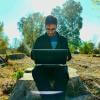






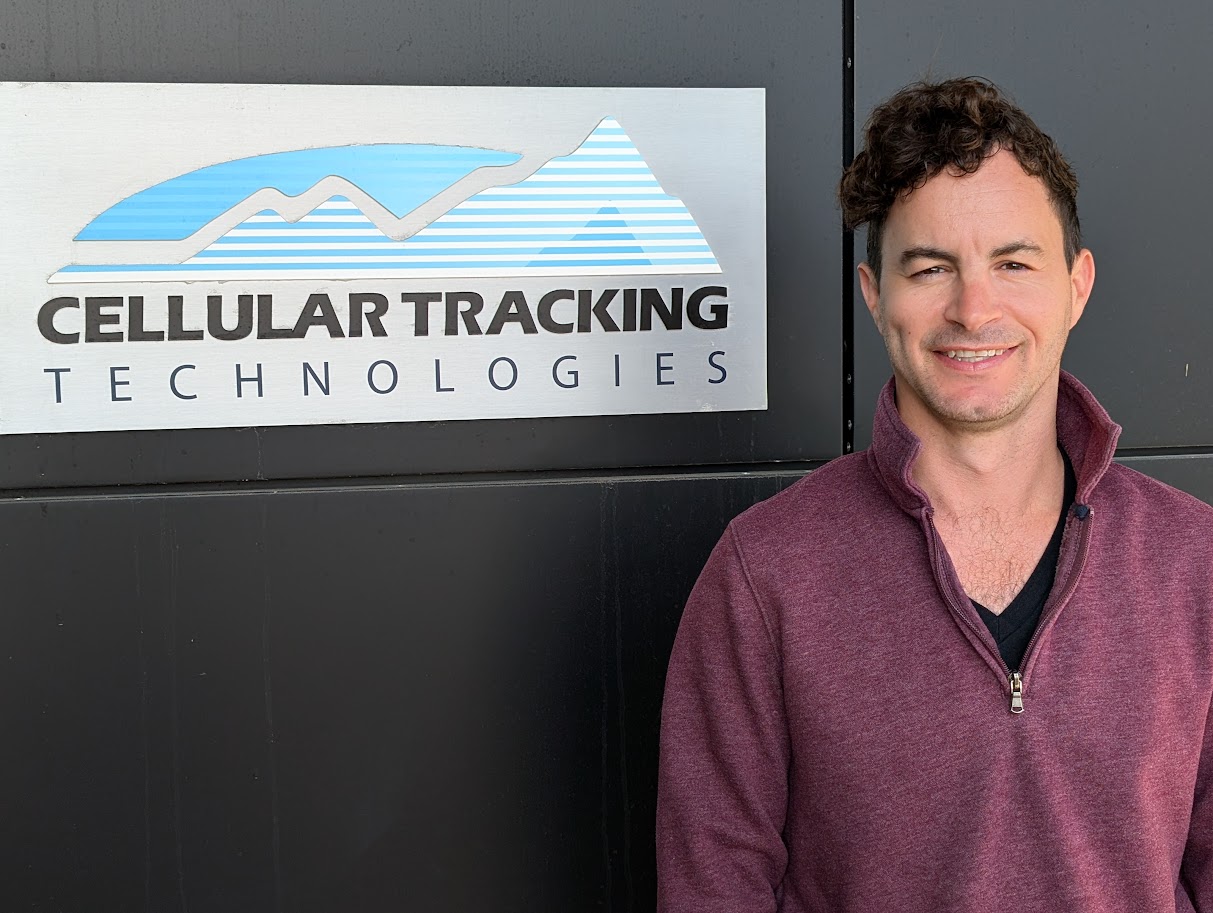



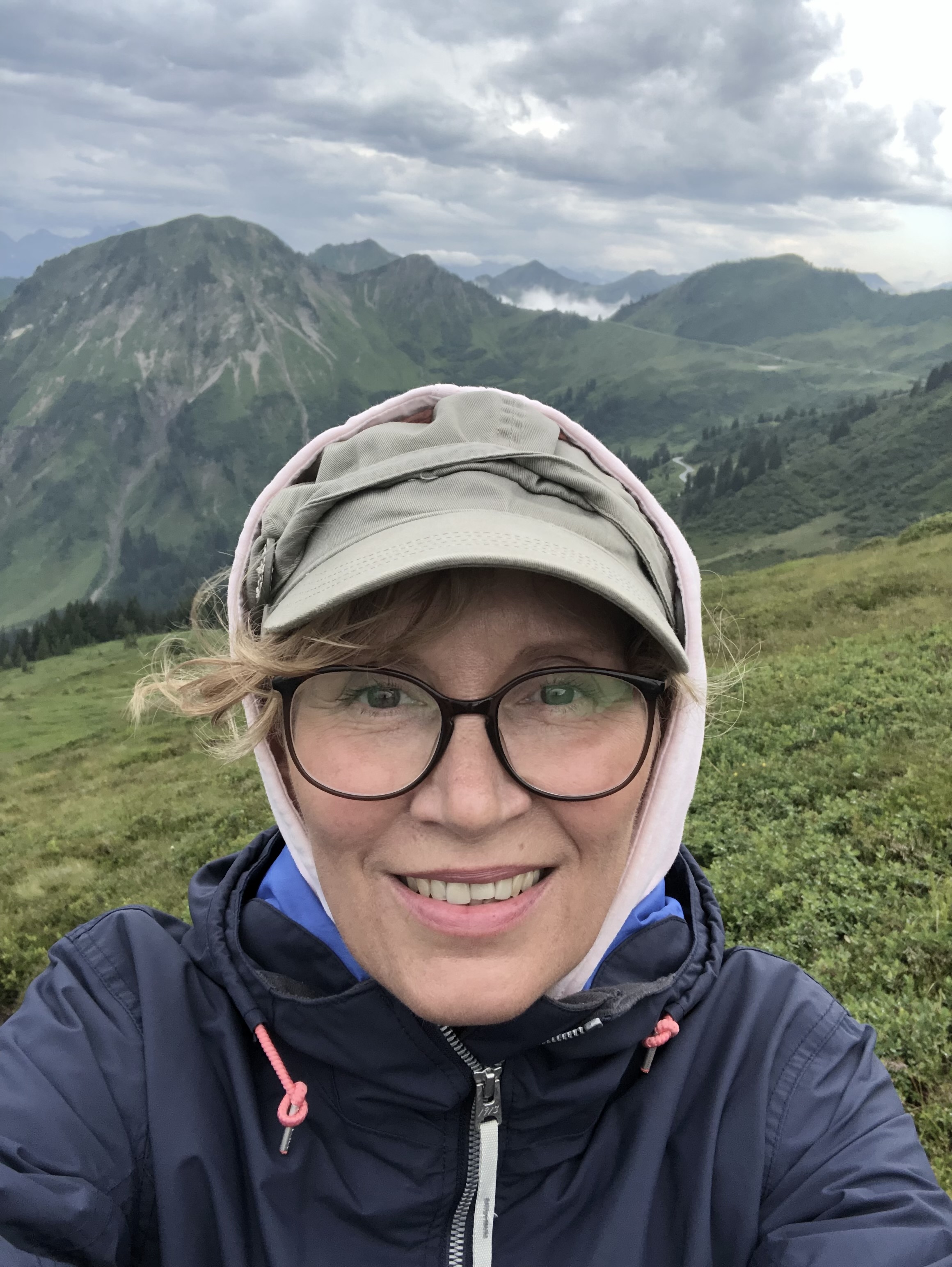







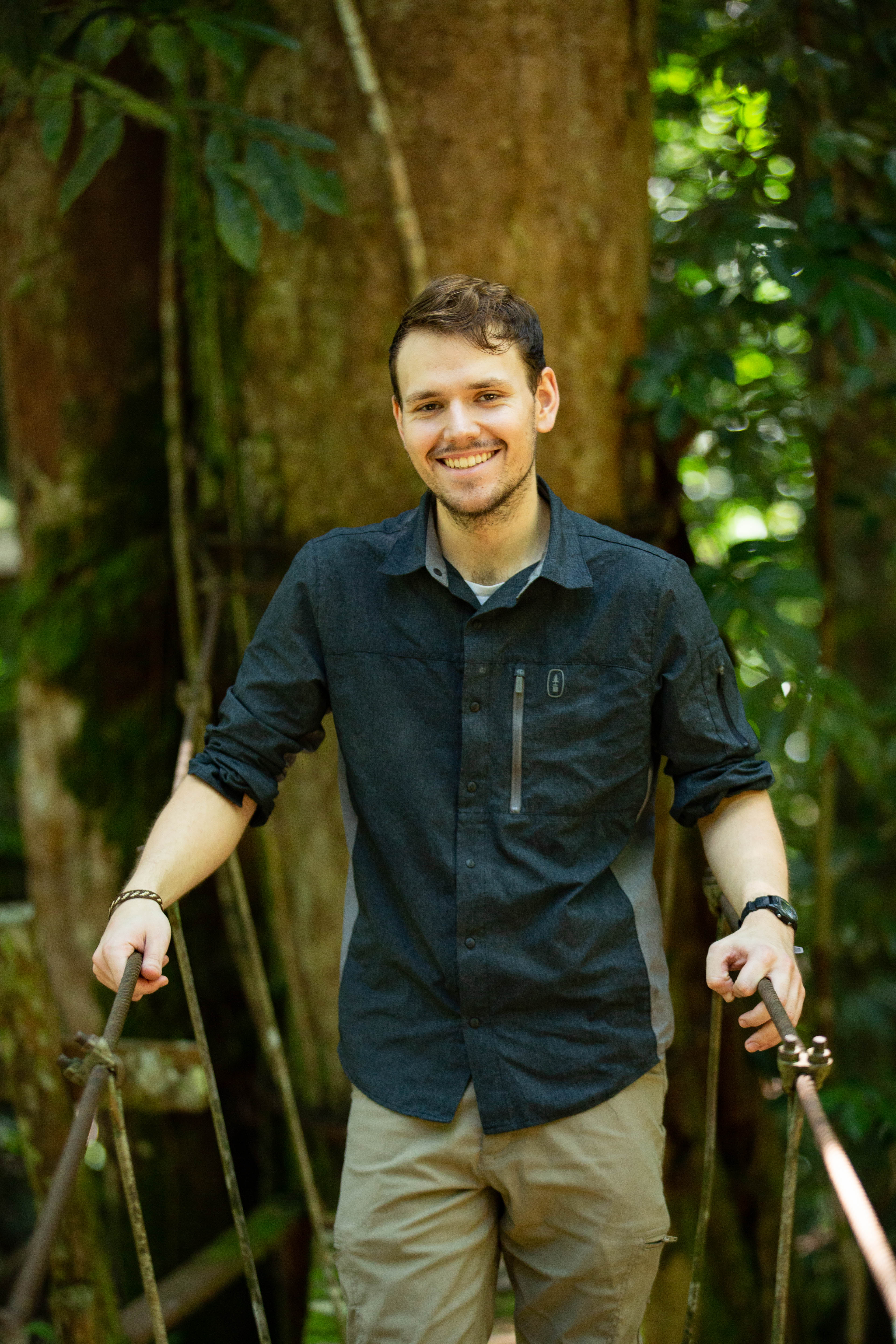
























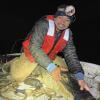




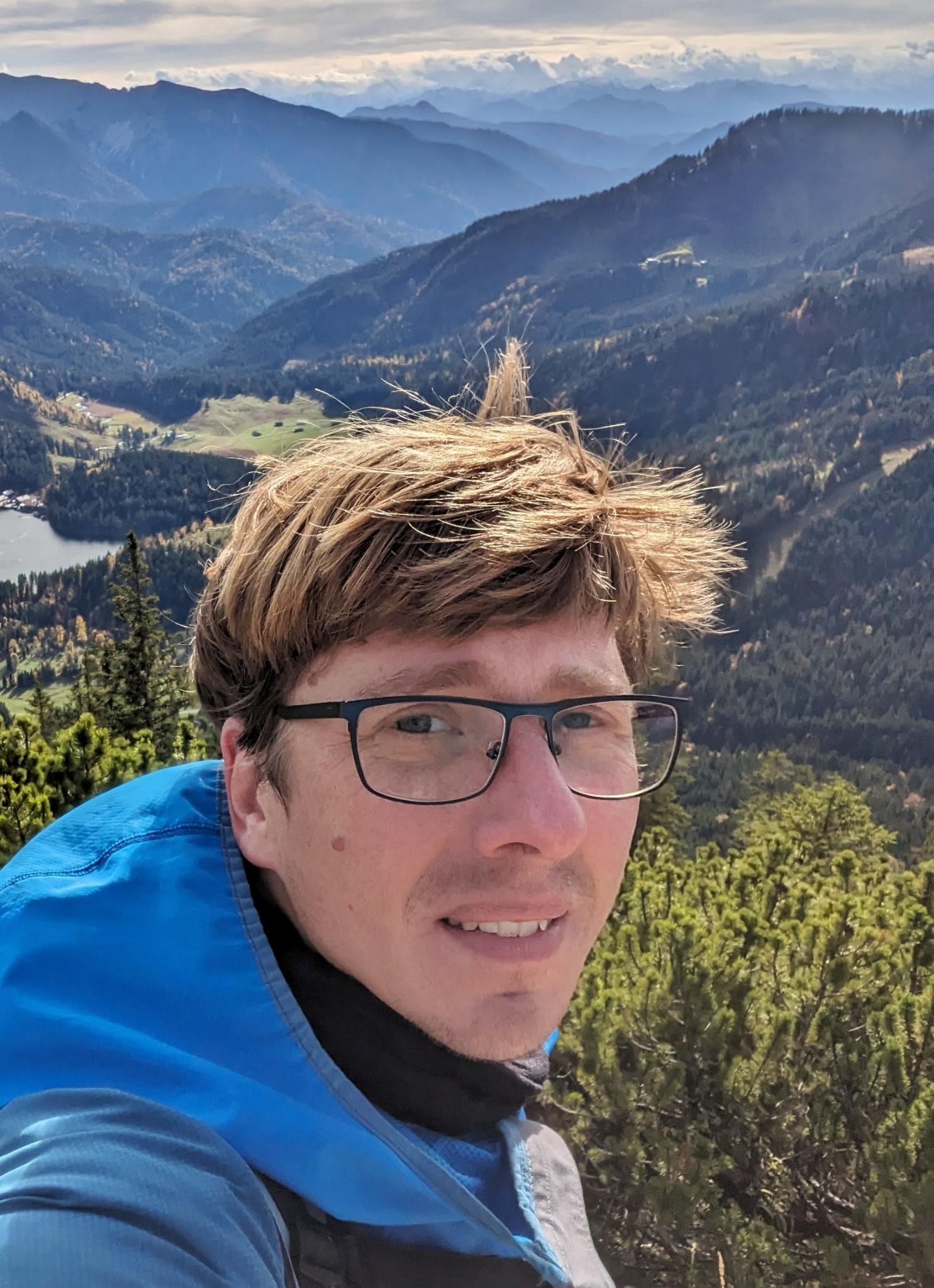


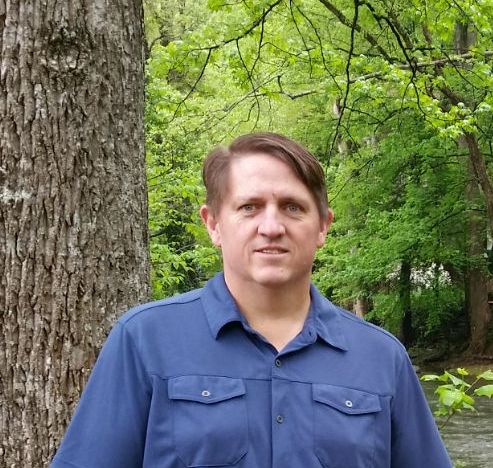

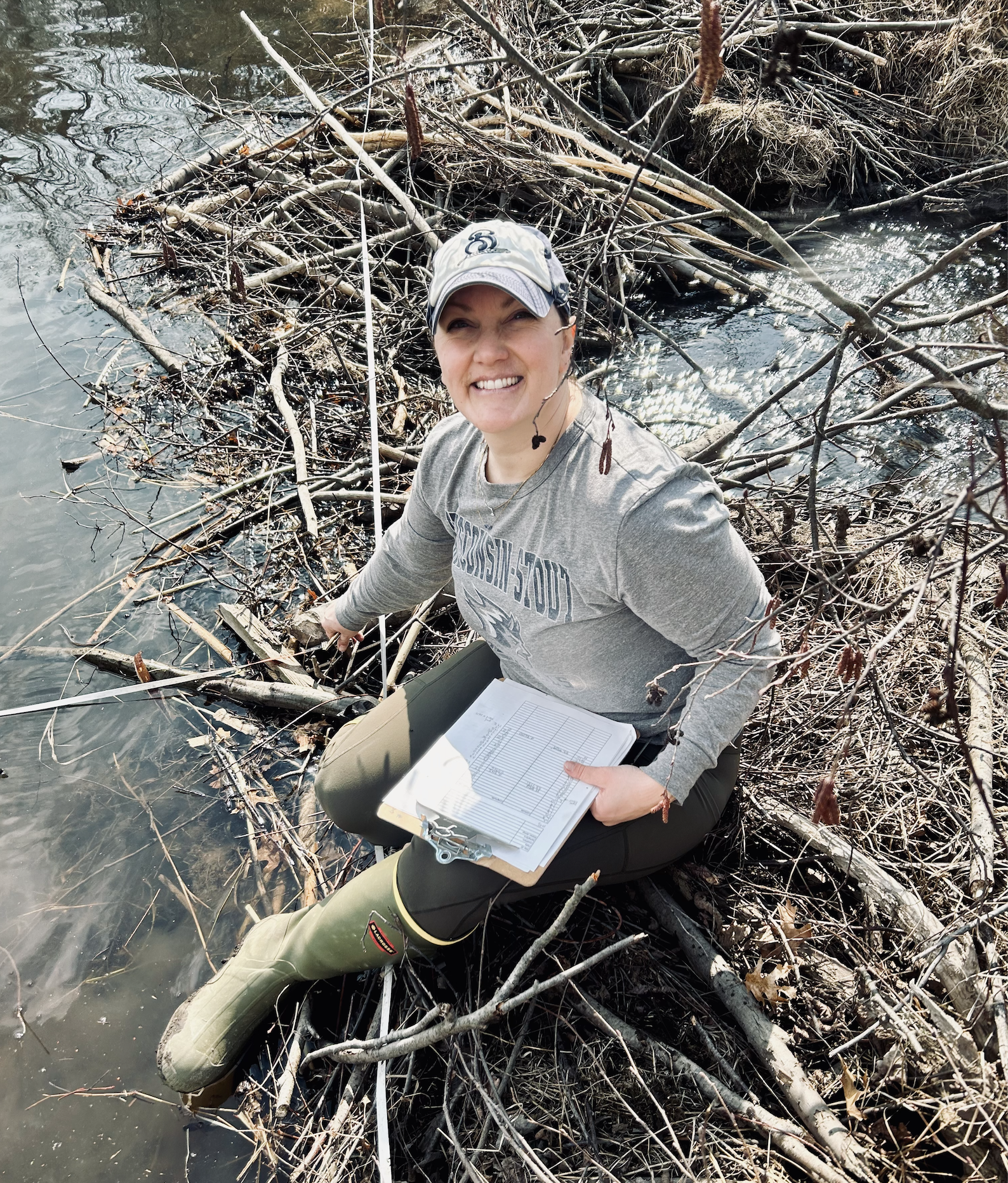



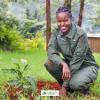


21 November 2024 8:41pm
It's a really good question, Colleen!
Ideally, I would work with two developers, or at least one developer and one other party who knows what developing an app like this would mean. This will lower the risk that the developer answers your question too much in their advantage. So this is one reason why it is a good question, and maybe this is why you ask it. However, if you really trust your developer not to take advantage, then go with just her/him/they.
It's also a good question because there is no easiest way to go about this if you're on a budget. You mention that you do not have a tech background, so here comes some explaining. If I misunderstood, then please skip and continue at "Back to 'the easiest way to go about this'"
There are at least two things you should be really aware of when it comes to software development.
The first is that once the basic data structure is defined and the software built around it, it is extremely costly to change the data structure. It's like deciding after the car has been built, that the engine should go to the back of the car instead of the front.
The second thing is that the basic data structure is dependent on ( among other things, but I'd say these are the two most important factors ) the complexity of what needs to be achieved and the speed at which it needs to be done.
The difficulty is that the required complexity and the speed may change over time, which brings one back to the car and engine situation. Changes in complexity and speed requirements may be the result of many things, one of which is success. You get far more clients than anticipated, so the system needs to be scaled up. In addition, with more users come more feature requests ( this can work both ways: new features result in more users, and more users may result in more feature requests ).
There is no real solution to this problem ( well, except not growing beyond the point that the first design can handle ). When it comes to scaling up, one vendor may claim that their database back bone easily scales up. Maybe so - but it may come at a price and they may also underestimate your and their own future needs. When it comes to changes in complexity, additional features can in the beginning probably be added on without changing the basic data structure. Maybe an additional row of seats at the back of the car, a trailer hook, bigger lamps, a roof-rack, a trailer, suitcases on the rack. At some point the car will need a new and bigger engine to carry all those add ons and keep at the same speed.
Here is a prediction : the more you stress cheap and efficient at the beginning, the bigger these problems will be later on. But when the business is successful, there will be more money to invest in scaling up and redesigning. Obviously yes, but in terms of the car metaphor, you may find that you want the car to be kept running with all its added on features, while the engine is replaced and moved to the back. It may be possible, but perhaps out of reach of patience and the increased income.
Back to 'the easiest way to go about this':
Invest a little effort to find out not only what are the minimum requirements for the MVP, but also what else you or your clients may want in the future. The developer should then have these future requirements in mind (and future upscaling) when they start developing for the minimum ones. This means, develop a somewhat more generic data structure than what is necessary for the MVP. This will cost some more at the beginning but should save a lot later on. I'm writing 'should' not 'will' on purpose. It's a balancing act because taking too much into account has the risk of over-engineering for a future that may not happen, or develop differently than expected. Like I said, there is no easiest way out.
A few more detailed comments
If there is no API for a source, try to go around it if possible at the beginning. API's are made with some long term stability in mind. Websites and web pages not necessarily so or less so. They will require more monitoring and maintenance on the web scraping routines.
Perhaps the developer may not be aware of the necessary pre-work that needs to be done if the pre-work depends on biological knowledge needed to transform the data from your data sources into data that allows easy ( and fast ) calculation of results to the users.